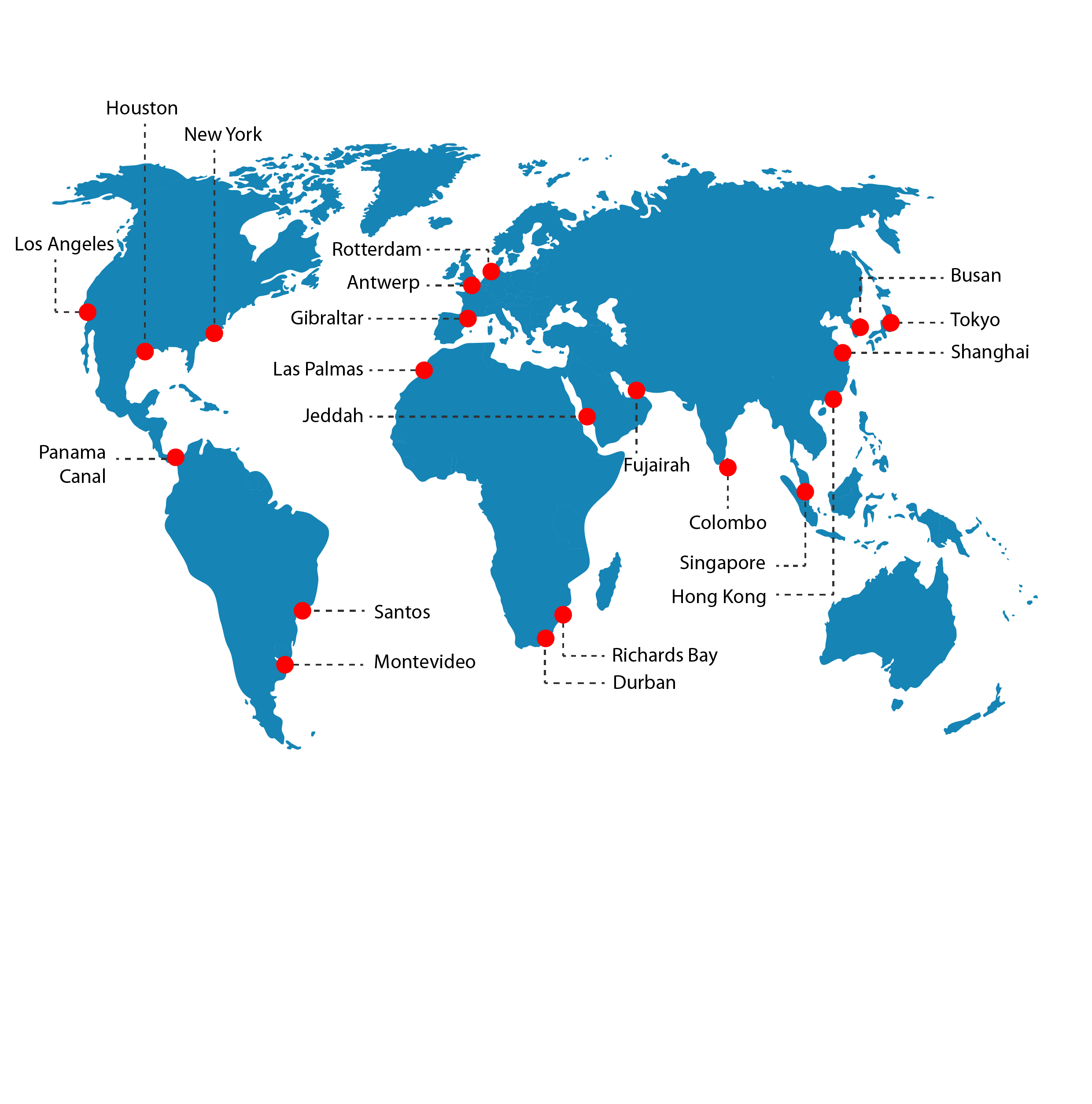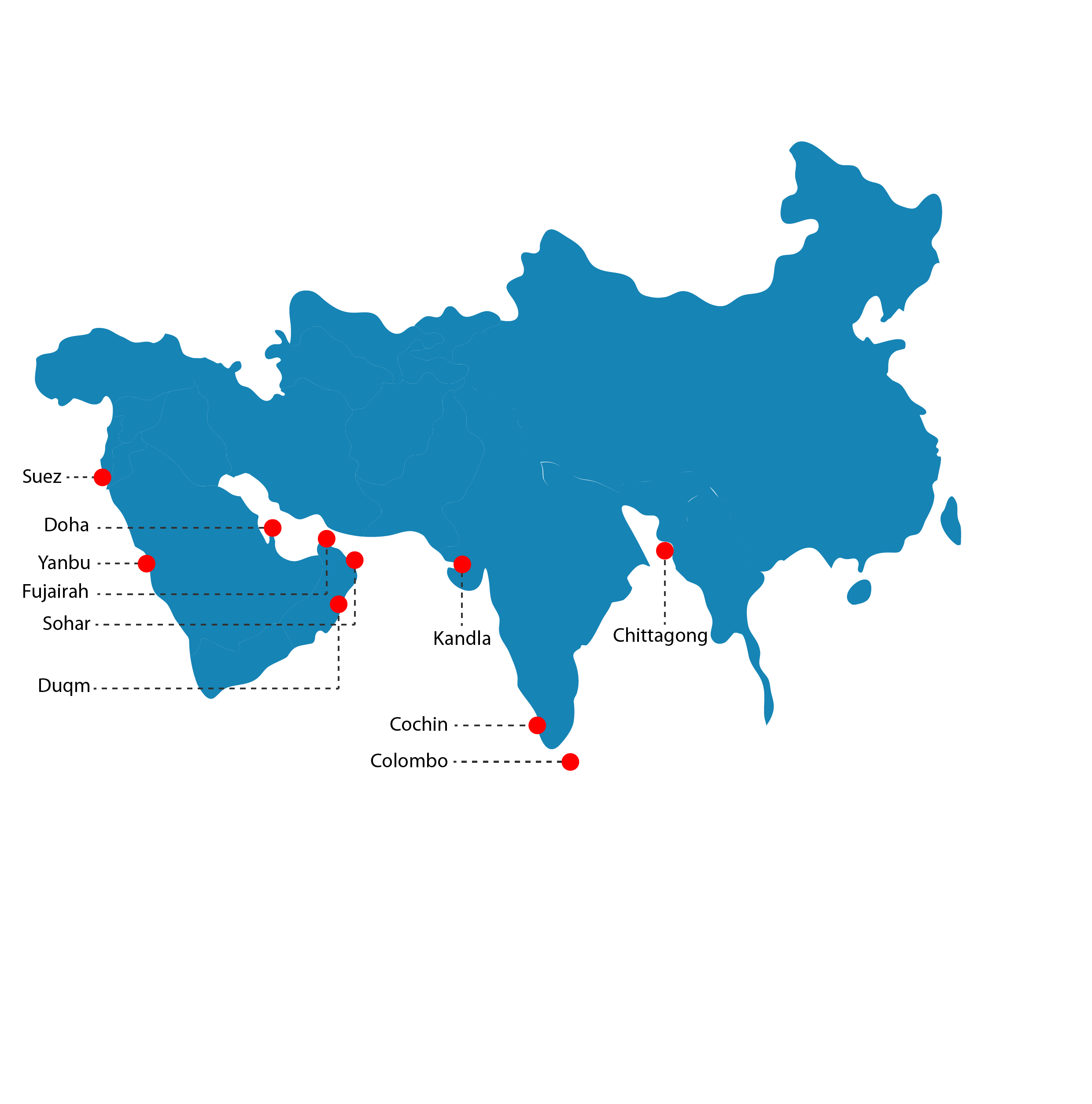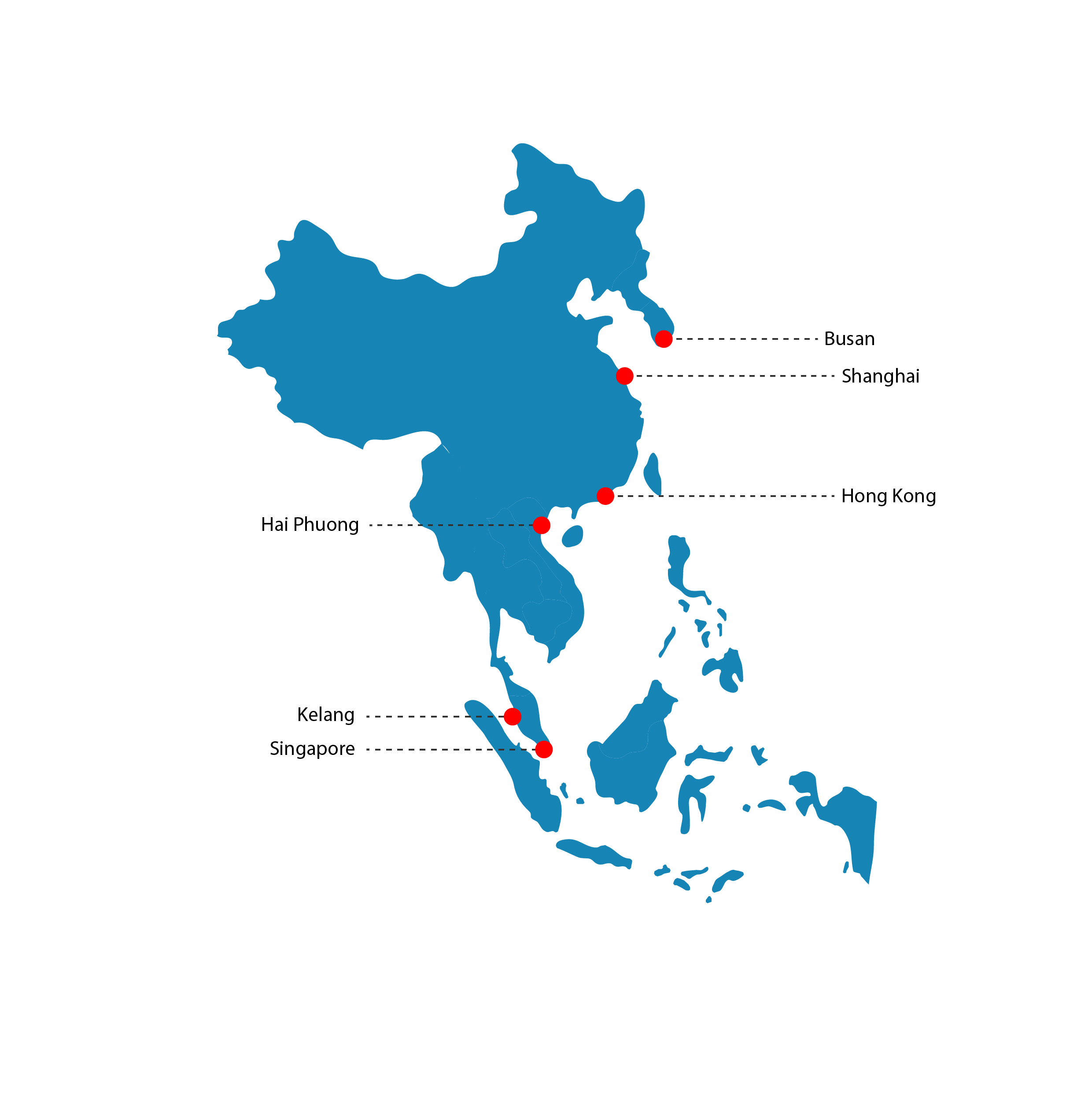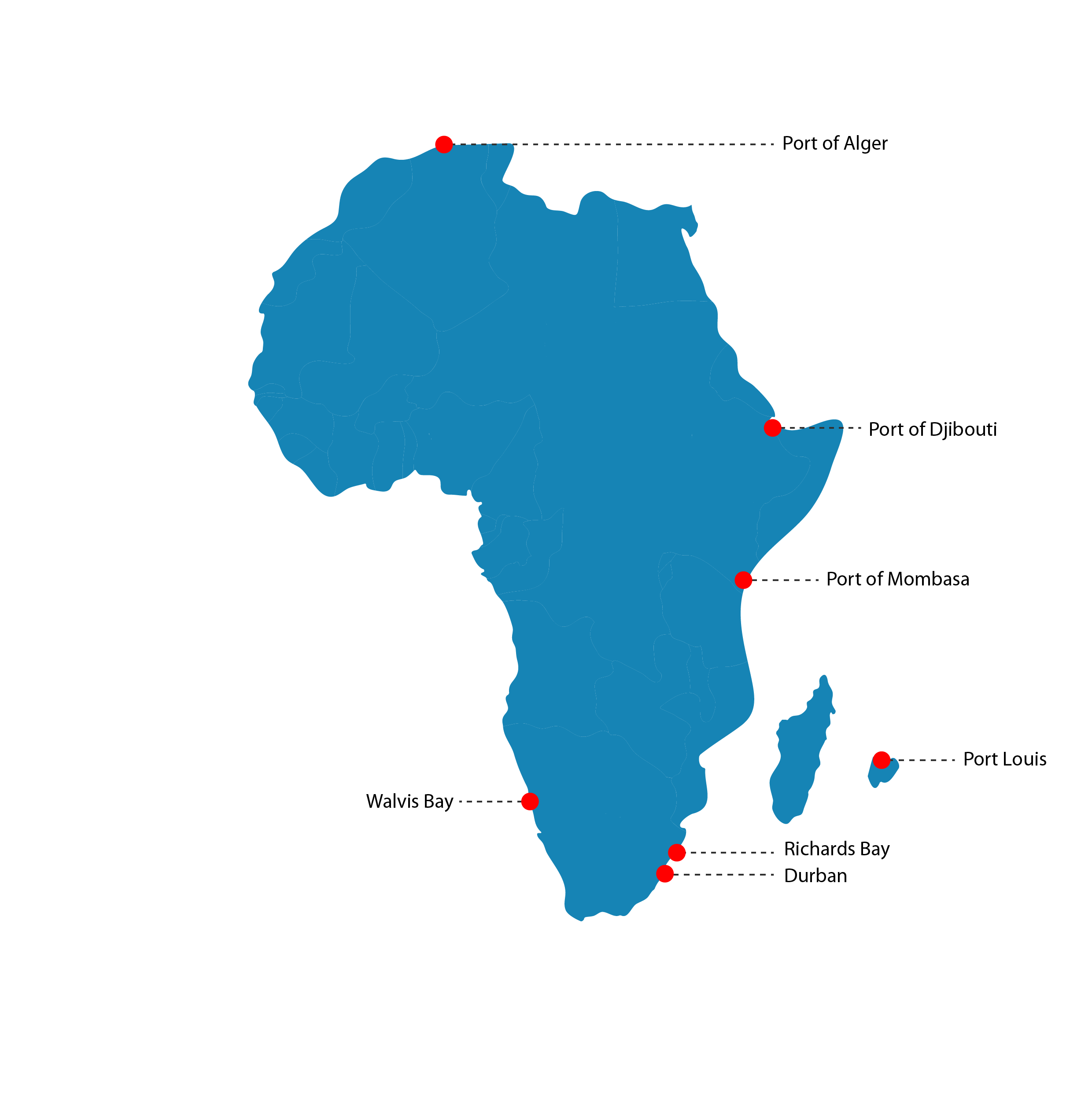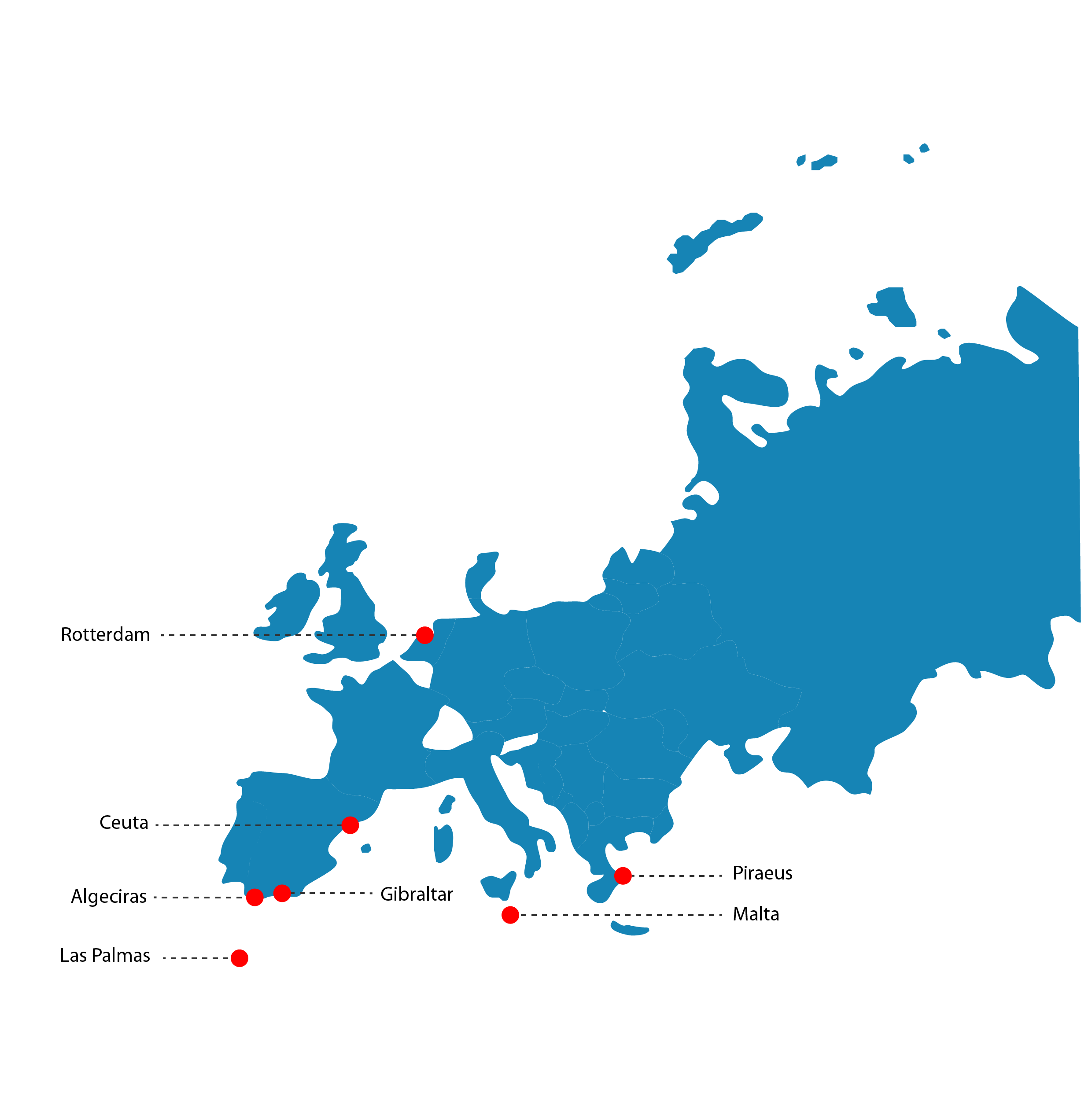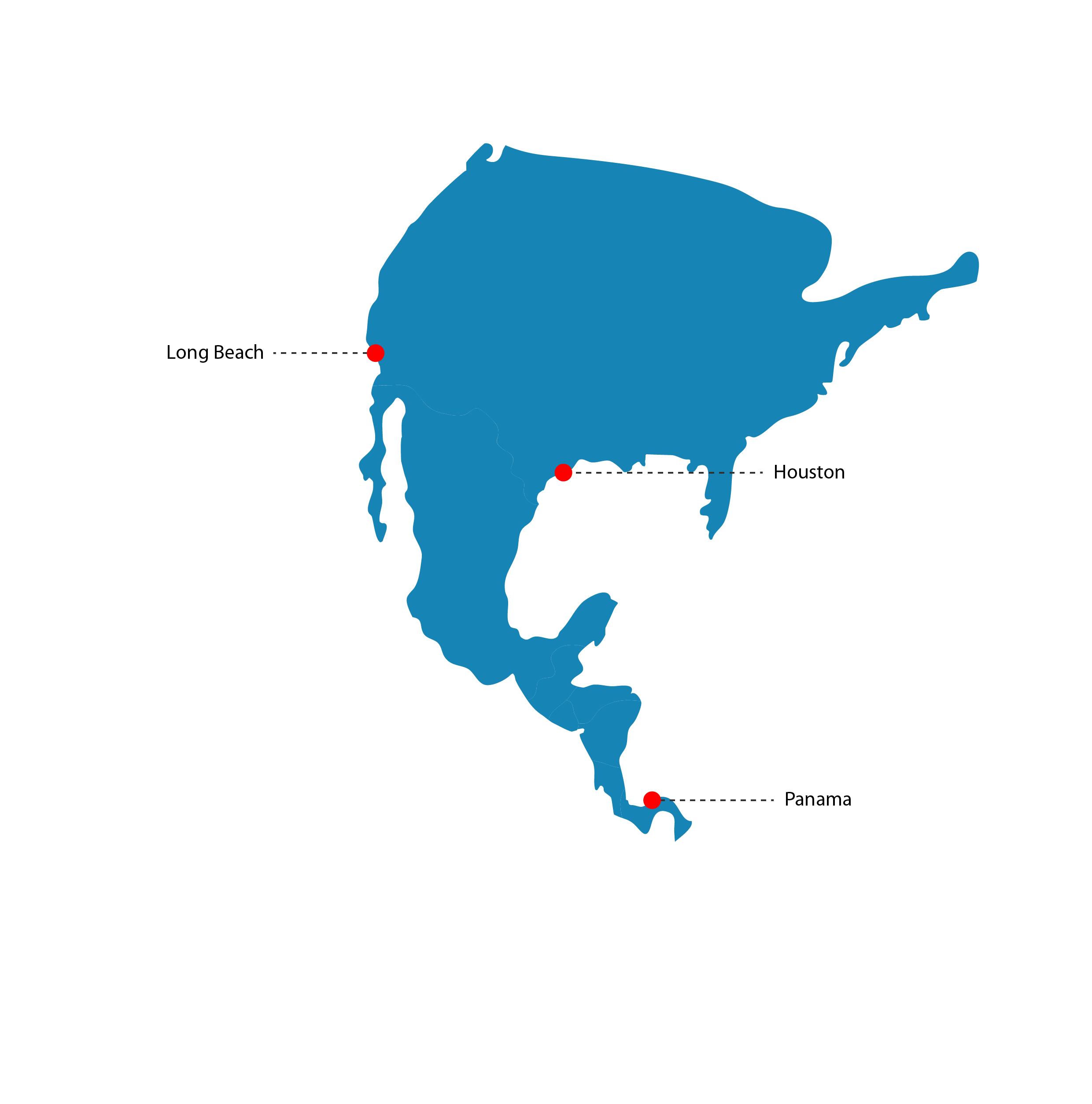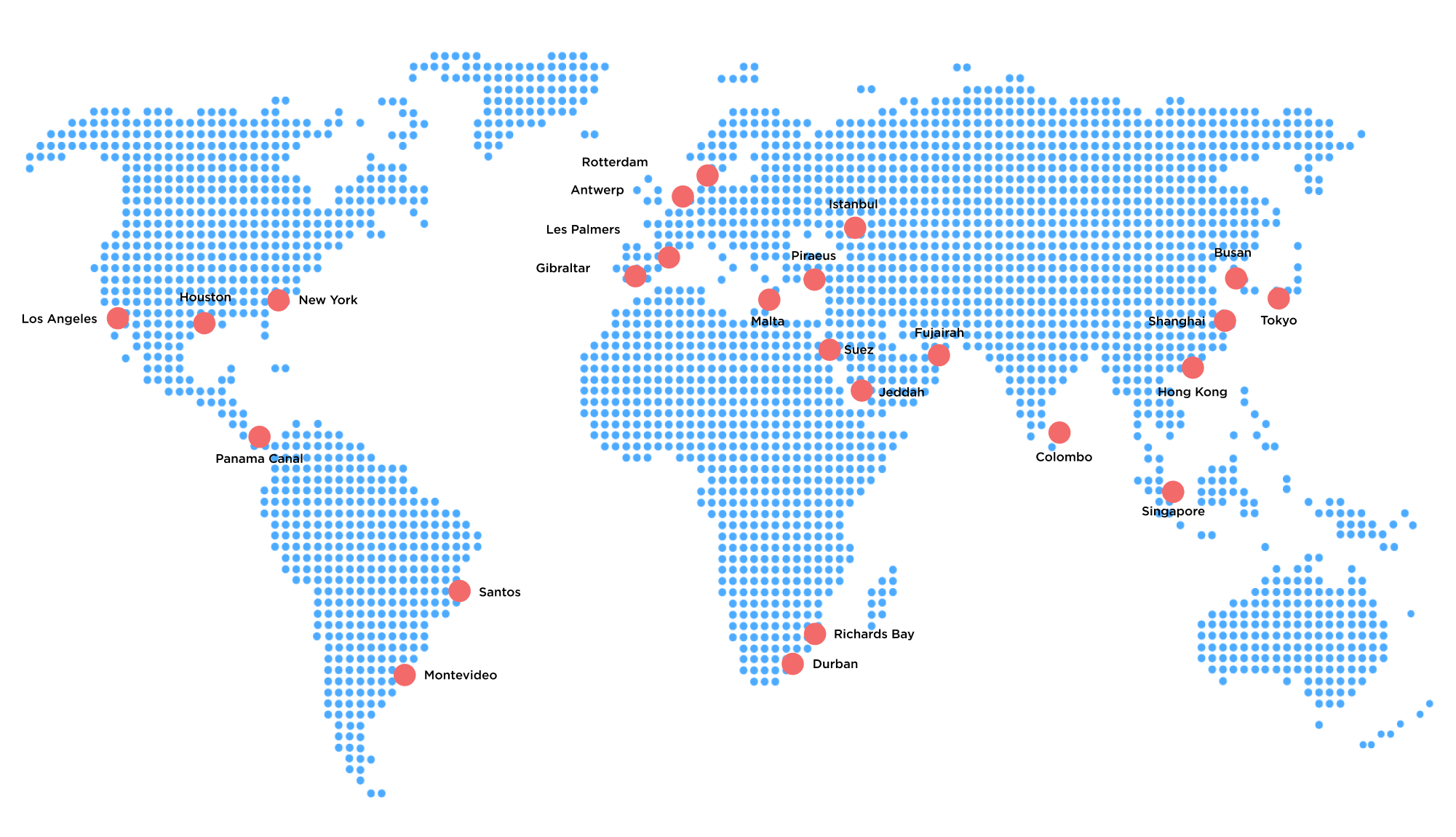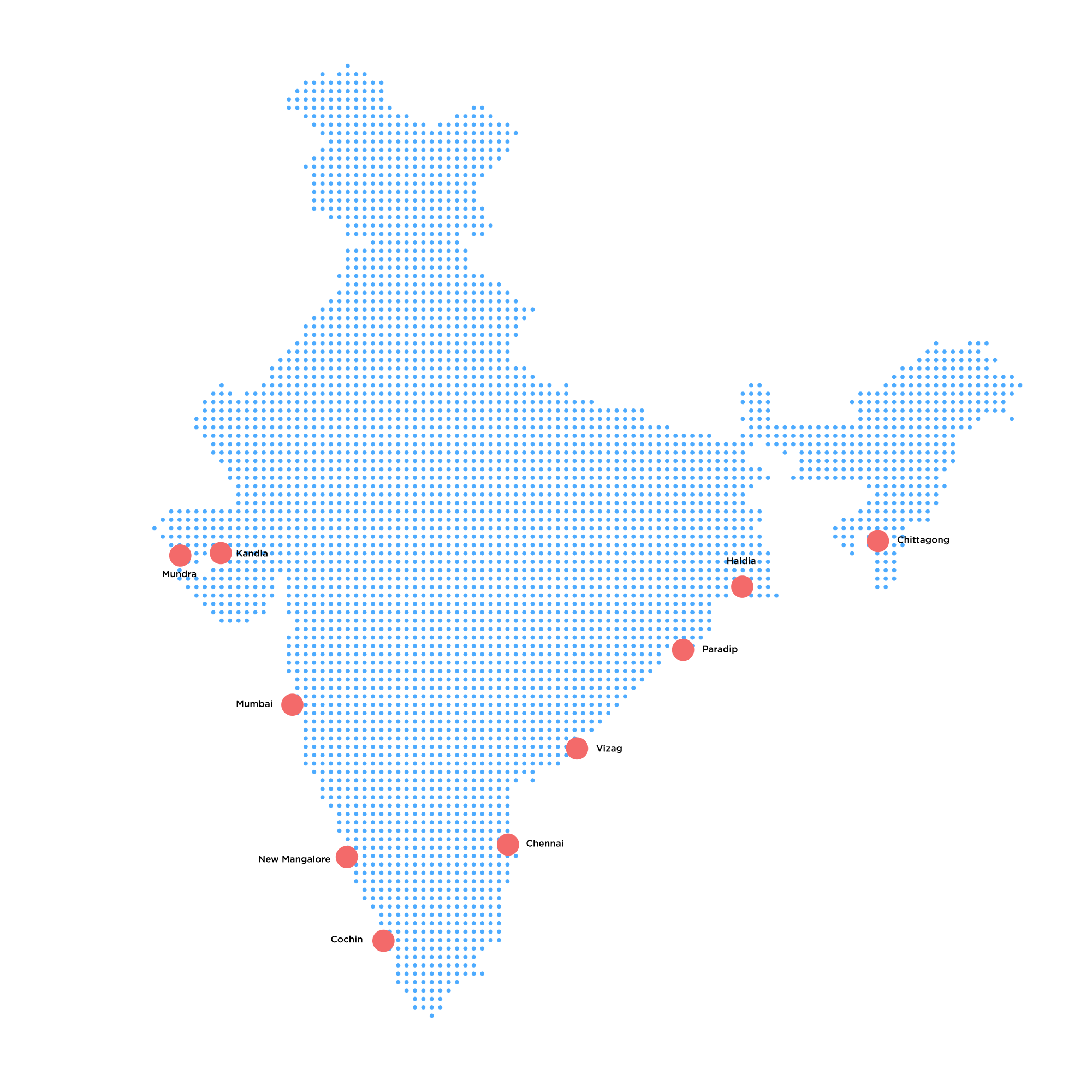Port Directory
Excellence and in-depth knowledge of the major ports worldwide
Mundra Port, Mumbai Port Trust, Trincomalee Port, Chennai Port, Visakhapatnam Port, Paradip Port, Haldia port, GALLE PORT, Port of Karachi, Krishnapatnam Port, Port of Mongla, Port Qasim, Tuticorin port, VADINAR, Khalifa Port, Zayed Port, Musaffah Port, Port of Jebel Ali, Mina Rashid, Mina Al Hamriya, Mina Saqar, Khor Fakkan, Port Khalid, Basrah, Ad Dammam, Jubail Port, Shuwaikh Port, Shuaiba Port, Mubarak Al Kabeer Port, Ras Tanura port, Rabigh port, Port of Salalah, Port of Ras Al Khaimah (AERKT), Port of Khor Al Fakkan (AEKLF), Jeddah
Da Nang Port, Saigon Port (Ho Chi Minh City), Vung Tau Port, Quang Ninh Port, Van Phong port, Quy Nhon port, Cua Lo port, Dung Quat Port, Chan May Port, Can Tho, Dong Thap, Cam Pha, Van Phong Port, Bangkok Port, Laem Chabang, Map Ta Phut, Rayong, Phuket, Songkhla, Si Racha, Port of Brisbane, Port of Sydney, Port of Fremantle, Port of Hedland, Port of Dampier, Port of Wellington, Port of Darwin, Port of Adelaide, Port of Newcastle, Port Jackson
Our other ports are: Abidjan, Ango Ango, Algoa Bay, Cape Town, East London, Mossel bay, Saldanha Bay, Port of Tema, Port of Takoradi, Port of Saltpond, Sekondi Port, Pointe Noire, Mindelo, Limbe, Douala, Dakar, Port of Casablanka, Port Gentil, Tanger Med Port, Port of Ludertiz, Beira, Maputo, Port Of Bejaia, Port Of Oran, Port of Arzew, Port of Skikda, Annaba Port, Port fo Accra, Port of Elmina
Amsterdam, Flushing (Vlissingen), Liverpool, London, Southampton, Felixstowe, Aberdeen, Immingham, Hull, Hamburg, Bremen, Delfzijl, Wilhelmshaven, Emden, Bremerhaven, Gijon, Port of istanbul, Port of aarhus, Skagen, Esbjerg, Fos sur mer, Dunkirk, Ghent, Helsinki, Kirkenes, Tromso, Hammerfest, Liepaja, Riga, Swinoujscie, Gdansk, Klaipeda, Muuga, Augusta, Alexandria, Bilbao, Barcelona, Aliaga, Civitavecchia, Valencia
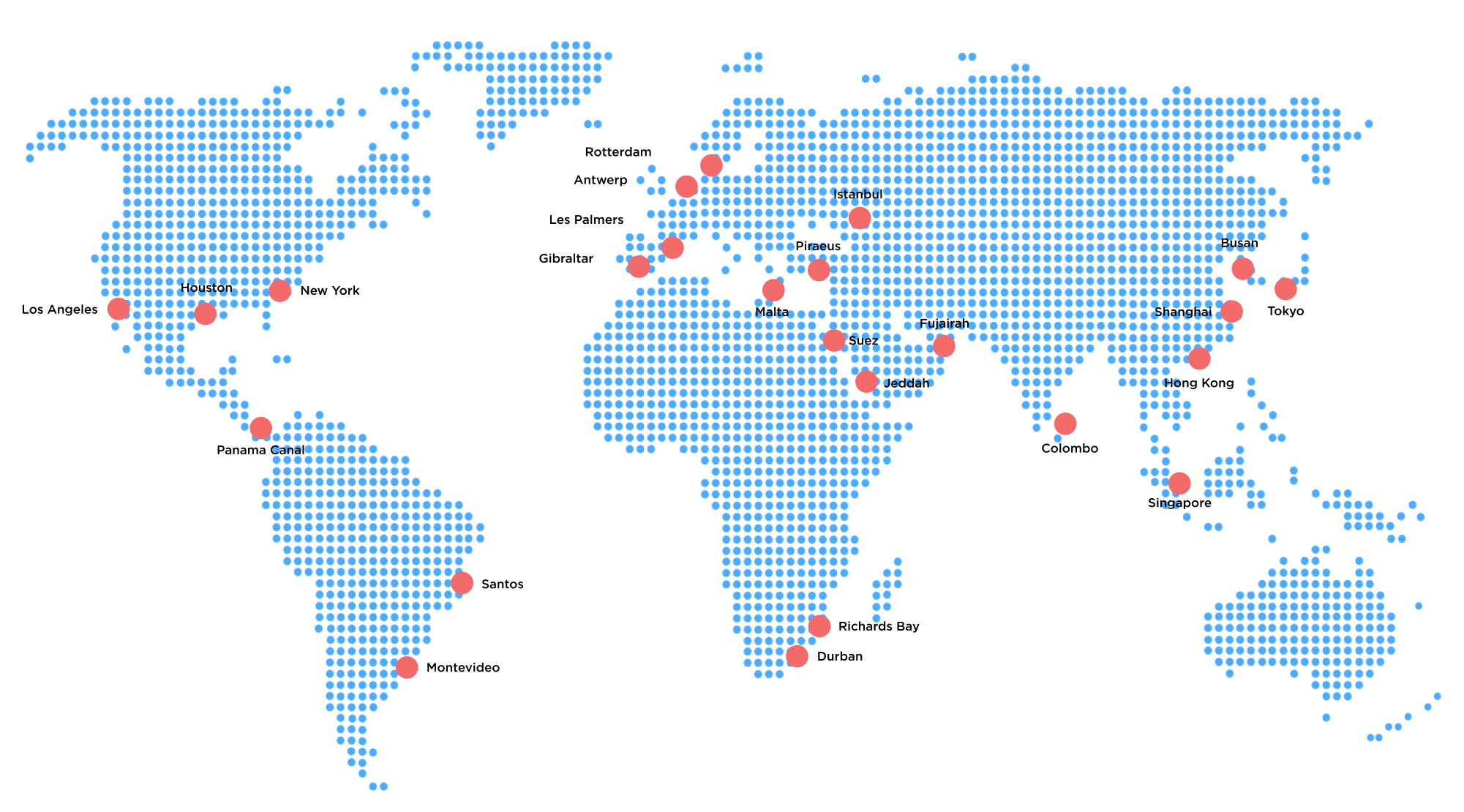

Busan (Coordinates: 35° 06′ 10.01″ N 129° 02′ 25.01″ E)
The Port of Busan is located at the mouth of the Naktong River in South Korea.
The Busan Port has four fully equi0000pped modern ports
North Port, South Port, Gamcheon Port and Dadaepo Port
an international passenger terminal and six container terminals
Singapore (Coordinates: 1.264°N 103.840°E)
Singapore is the world’s largest and most important bunkering port.
The Maritime and Port Authority of Singapore (MPA) requires companies to possess a valid licence for bunkering activities.
Singapore continuously strives to remain a trusted and reliable bunkering hub, and the MPA
actively works in close partnership with the industry and stakeholders to enhance
bunkering standards and services.
Fujairah (Coordinates: 25.1288° N, 56.3265° E)
Fujairah is home to one of the world’s three largest bunkering hubs and bunker fuels
are stored mainly at the liquid bulk storage terminals, after which they are supplied
by dedicated bunker barges to the Fujairah Offshore Anchorage Area (FOAA).
The Port of Fujairah is strategically located on the East coast of UAE, in the midst of
shipping lines between East and West, making it one of the Emirate’s vital facilities.
Rotterdam (Coordinates: 51.8850°N 4.2867°E)
The port of Rotterdam is Europe’s largest bunkering port, as well as one of
the top three bunkering ports worldwide. Every imaginable fuel can be obtained
in huge quantities, including LNG Bunkering. In addition to bunkering at a terminal,
it is also possible to bunker at one of the special public transhipment facilities.
The Port Authority ensures that the bunker fuel is transferred safely and correctly
via a bunkering checklist that helps suppliers to choose the right approach.
Houston (Coordinates: 29.7300° N, 95.2724° W)
The Port of Houston is one of the world’s largest ports and serves the
metropolitan area of Houston, Texas, which is one of the world’s largest
fuel oil trading markets where all fuel grades can be purchased.
In addition, the Houston ‘hub’ also covers bunker operations which
take place at Bolivar Roads Anchorage, at the entrance to Galveston Bay.

